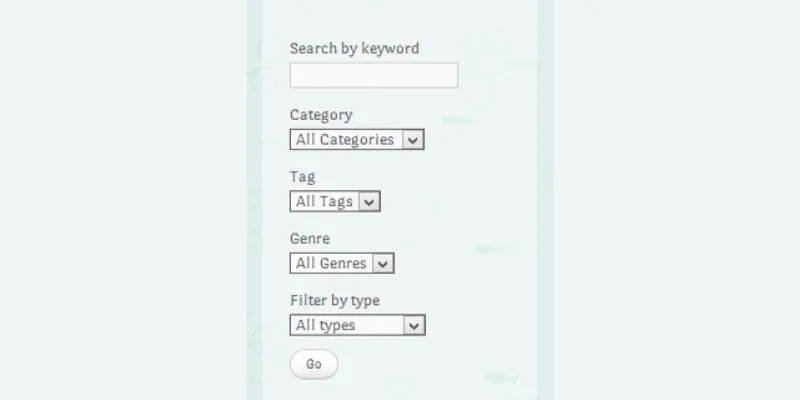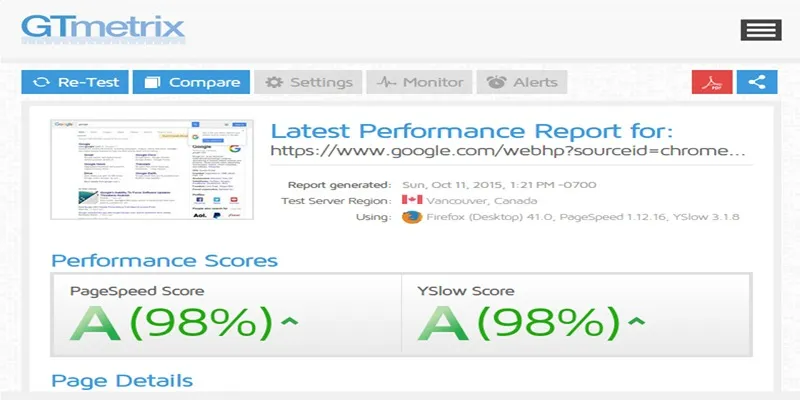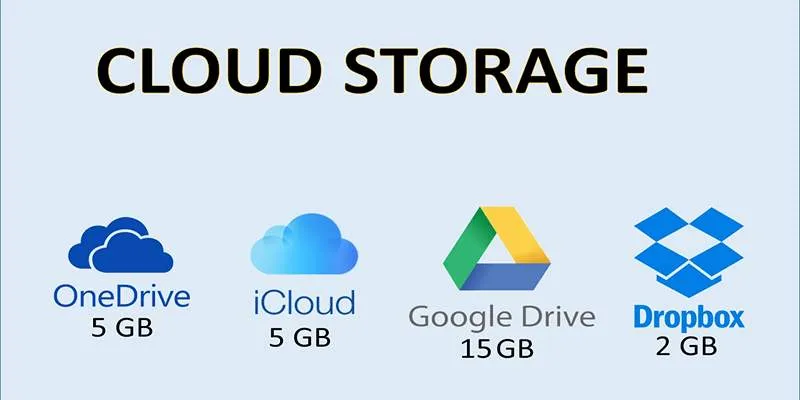Create Tables in WordPress Without Using HTML
Tables are a fantastic way to organize and display data on your WordPress website. In this guide, we’ll explore various methods to create and design tables in WordPress without diving into HTML. Whether you’re a beginner or an experienced user, this article will guide you every step of the way.
Why Are Tables Important?

Tables enhance data readability and add a visually appealing structure to information. They allow users to easily compare and contrast data, making them ideal for businesses, blogs, and online stores to display prices, schedules, features, or any pertinent information. Incorporating tables enhances professionalism and improves user experience and engagement. However, since WordPress doesn’t feature a built-in table creator in its classic editor, we’ll discuss various methods to seamlessly add and optimize tables.
How to Add Tables in WordPress
Adding tables to WordPress is simpler than it seems. Here are the main methods to integrate tables into your website:
1. Utilizing the Gutenberg Block Editor
WordPress’ Gutenberg editor includes a built-in “Table” block. Follow these steps to insert a table:
- Open the editor and click the “+” icon.
- Search and select the “Table” block.
- Choose the number of rows and columns needed.
- Enter your text, data, or images into the cells.
- Use the block toolbar to style your table, such as aligning text or adding borders.
Benefits
After setting up your table, consider its visual appeal and functionality. Here are key advantages of using the Table block in Gutenberg:
- User-friendly for beginners.
- Responsive designs ensure compatibility with various devices.
- Customization options for styling and formatting.
Limitations
Be aware of potential limitations of the Table block in Gutenberg:
- Limited advanced styling options without custom CSS.
- May require additional plugins for complex functionalities.
2. Using WordPress Plugins
For more advanced table features, using plugins is often preferred. Popular plugins include TablePress and wpDataTables.
TablePress
TablePress is a widely-used WordPress plugin for creating tables without coding knowledge, offering extensive customization options.
How to Install TablePress
To start using TablePress:
- Go to the WordPress Dashboard and navigate to “Plugins” > “Add New”.
- Search for “TablePress” and click “Install Now”.
- Once installed, click “Activate” to begin using the plugin.
How to Create a Table with TablePress
After activation, follow these steps to create a table:
- Go to the “TablePress” menu in your dashboard.
- Click “Add New Table.”
- Enter a name, description, and the number of rows/columns.
- Add your data, format cells, insert links, and include images.
- Copy the generated shortcode and paste it into any post or page.
Key Features of TablePress:
- Import/export tables via Excel, CSV, or Google Sheets.
- Sorting, filtering, and pagination.
- Custom CSS for advanced design tweaks.
wpDataTables
This robust plugin enables the creation of responsive and dynamic tables, with drag-and-drop interfaces and integration with data sources like MySQL.
Benefits:
- Easy integration with external data sources.
- Supports large datasets and complex queries.
- Advanced customization options for table styling.
3. Using Microsoft Excel or Google Sheets
If your data is already in a spreadsheet, you can embed it in WordPress.
Steps to Embed Google Sheets:
- Publish your Google Sheet to the web.
- Copy the embed code provided.
- Paste the code into your WordPress post/page using the “Custom HTML” block.
Steps for Excel Files:
- Save your Excel file as a CSV.
- Import it into plugins like TablePress.
Customizing Your WordPress Tables
Creating tables is just the beginning. To make them attractive and functional, customization is key.
Styling Tables with the Gutenberg Editor
Even with the basic editor, you can adjust visual properties:
- Background Colors: Highlight rows or headers with background colors.
- Borders: Use borders to separate content clearly.
- Text Alignment: Align text to center, left, or right as needed.
Using CSS for Advanced Styling
For greater control, use custom CSS:
table {
border-collapse: collapse;
width: 100%;
font-family: Arial, sans-serif;
}
th, td {
border: 1px solid #ddd;
padding: 8px;
text-align: center;
}
th {
background-color: #f4f4f4;
font-weight: bold;
}
Responsive Table Design
Ensure your tables look great on all devices. Plugins like wpDataTables handle responsiveness automatically, but CSS media queries can help adjust layouts on smaller screens.
Tips for Effective Table Design
Tables are a powerful way to present structured data effectively. Focus on clarity and usability to enhance readability and ensure user engagement.
Use Clear Labels
Ensure your table headers have concise, descriptive labels. This helps users quickly understand the data. Avoid technical jargon unless necessary for your audience.
Optimize for Mobile

Responsive design is crucial for modern web tables. Use CSS media queries or frameworks like Bootstrap to ensure tables adapt to different screen sizes, improving accessibility on mobile devices.
Limit Columns
Too many columns can overwhelm users. Break data into smaller sections or group related information. Simple layouts are more user-friendly and aesthetically pleasing.
Choose Appropriate Fonts
Fonts significantly impact table readability. Use legible sans-serif fonts like Arial or Roboto at an appropriate size. Avoid decorative fonts that may reduce clarity, especially for numerical data.
Final Thoughts
Adding tables to WordPress enhances how you showcase data. From Gutenberg’s simplicity to plugins’ robust features, there’s a method for everyone. Experiment with these tools to find what best suits your site’s needs. With creativity and customization, transform your tables into powerful visual elements that boost your website’s impact.
Related Articles

A Step-by-Step Guide to Adding Google Authenticator 2FA to WordPress

7 Best WordPress Help Desk Plugins for Superior Customer Support

The Ultimate Guide: 16 Best Plugins to Improve WordPress Comments (2025)

The Ultimate Guide to the 10 Best WordPress Admin Dashboard Plugins

Best Free Slideshow Plugins for WordPress in 2025

How to Move Comments Between WordPress Posts: A Quick and Easy Guide

What is the Hello Dolly WordPress Plugin: A Guide for Beginners

How to Create and Customize Airtable Views for Better Organization

Top 2 Methods to Force WordPress Users to Create Strong Passwords

Restoring Your WordPress Database to Default State

A Step-by-Step Guide to Limiting File Upload Types in WordPress

How To Add An Advanced Search Box In WordPress Using Facetious: A Guide
Popular Articles

Step-by-Step Tutorial for Live Blogging in WordPress

Explore The 11 Best ActiveCampaign Alternatives for Your Business

Step-by-Step Guide: How to Create Recurring Tasks in Notion with a Template

Step-by-Step Guide to Editing TikTok Videos on iPhone

Step-by-Step Guide on Splitting a Clip in Final Cut Pro

Top 5 4K Monitors You’ll Love for Gaming, Work, and Beyond

7 Best GIF Loopers to Seamlessly Repeat Your Favorite Moments

Top 10 Tips to Optimize Your WordPress Site Using the GTmetrix Plugin

How to Set Maximum Number of Tags for WordPress Posts in Simple Steps

Free Online Screen Recorders with Simple and Fast Export Options

Troubleshooting Cloud Storage Sync Errors: A Step-by-Step Guide

 mww2
mww2